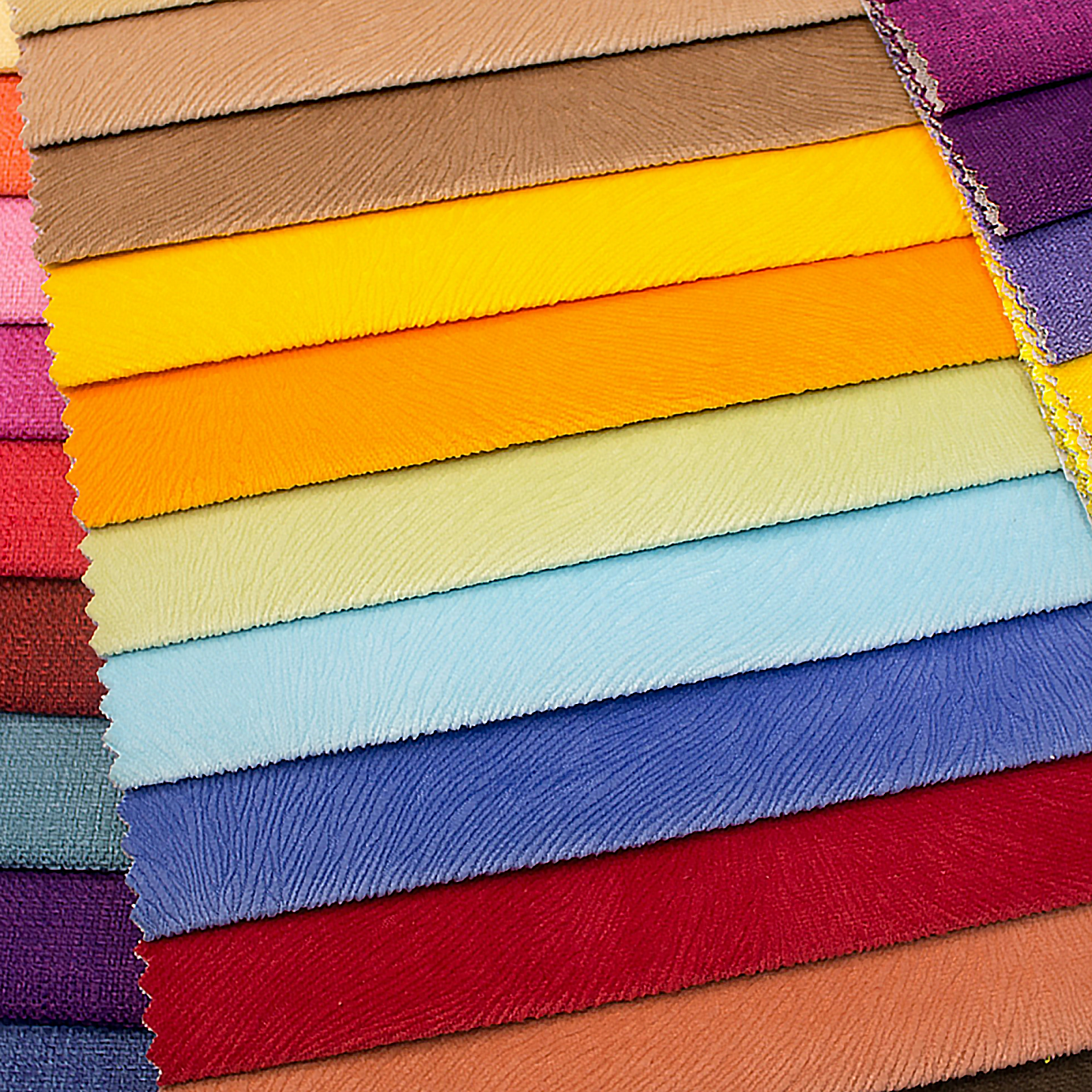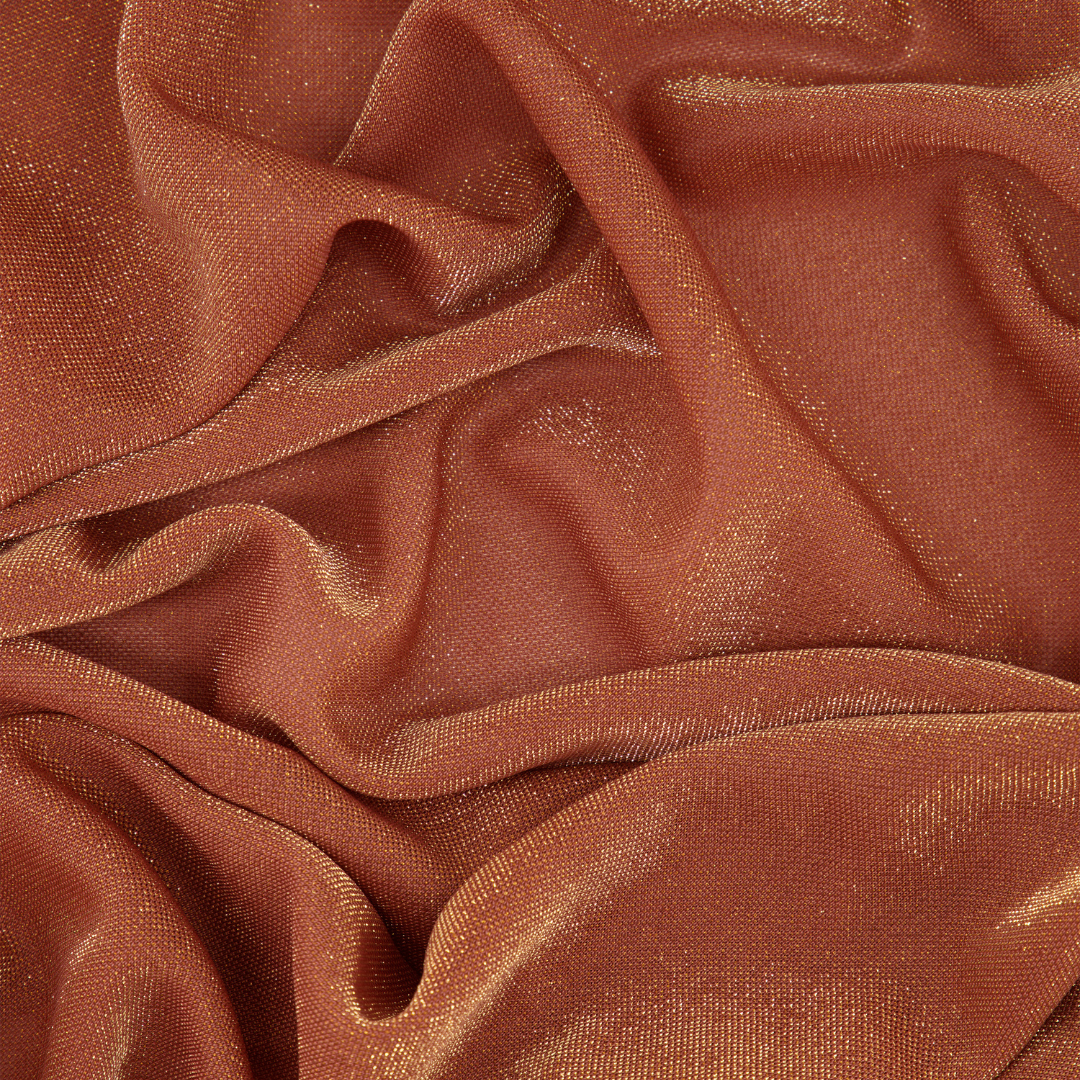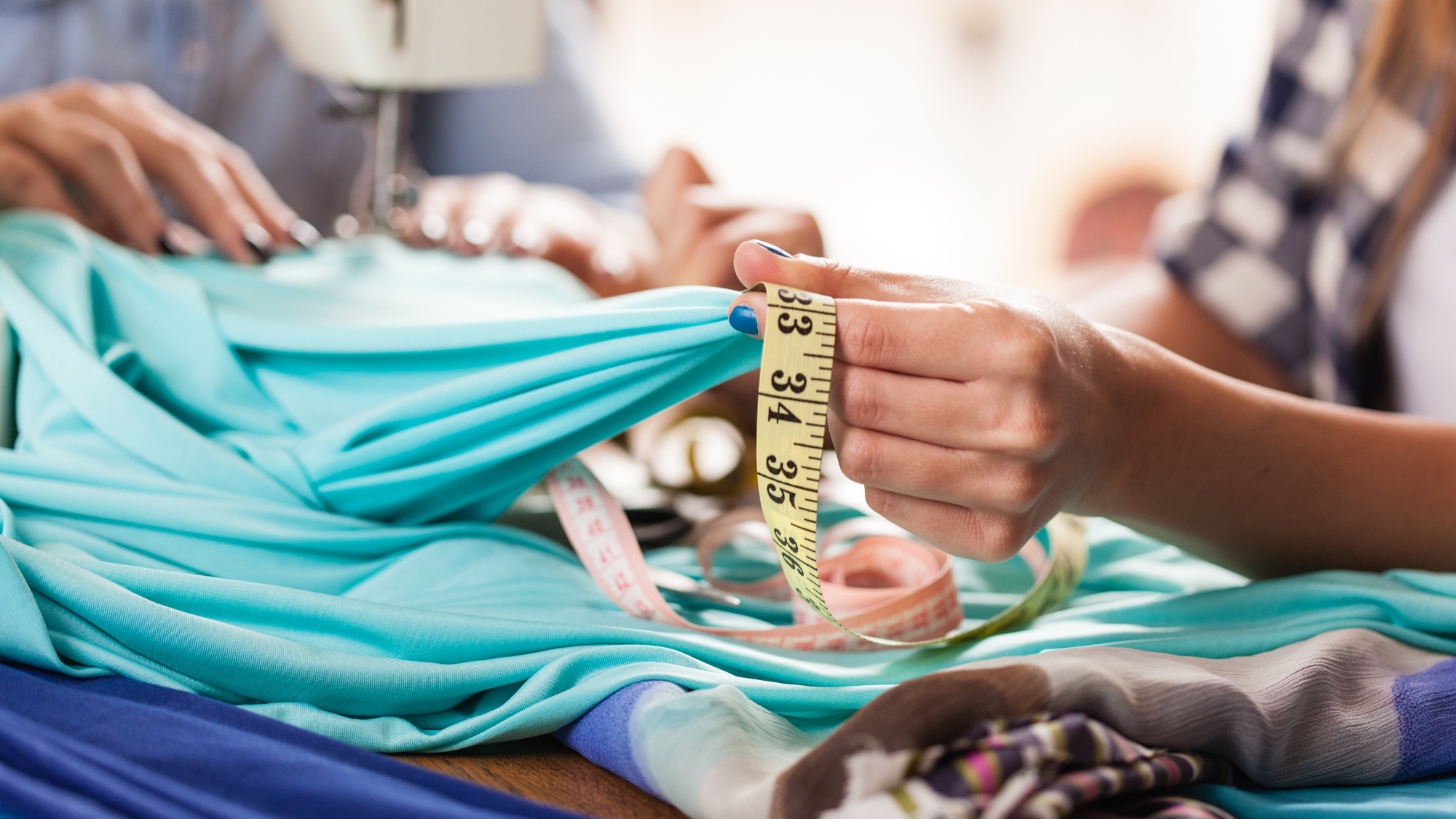
Jersey fabric is a versatile and comfortable fabric that is also a great material for beginner sewing projects. First time sewing jersey fabric? There are a few tips and tricks that will make sewing your first jersey garment a little bit easier. Read on for all our handy tips in the Zelouf guide to jersey fabric.
What is jersey fabric?
Jersey fabric is a type of knitted textile that is known for its stretchiness, softness, and comfort. It is commonly used to make t-shirts, dresses, and other comfortable clothing items. Jersey fabric is made using a special knitting technique that creates a smooth, flat surface on one side and a textured, looped surface on the other. It can be made from various fibers, such as cotton, wool, synthetic materials, or blends.
Can you sew jersey fabric on a normal sewing machine?
Yes, you can sew jersey fabric on a normal sewing machine. However, due to the stretchiness and flexibility of jersey fabric, it's recommended to use a few specific techniques and tools to achieve the best results. Using a ballpoint or stretch needle, adjusting the machine's tension, and using a narrow zigzag stitch or a stretch stitch can help prevent the fabric from puckering or stretching out of shape while sewing. It's also a good idea to test your stitches on a scrap piece of jersey fabric before sewing your actual project.
Do you need a special needle to sew jersey fabric?
Yes, when sewing jersey fabric, it's recommended to use a special needle called a ballpoint or stretch needle. These needles have a rounded tip that helps them slide between the fabric's fibers without causing snags or damage. The rounded tip of the needle is designed to push aside the yarns rather than piercing through them, which helps prevent runs or holes in the fabric. Using a ballpoint or stretch needle will give you better results and prevent the fabric from getting stretched out or distorted while sewing.

When sewing jersey fabric, it's recommended to use a ballpoint or stretch needle.
What is the best stitch for jersey fabric?
The best stitch for sewing jersey fabric is a stretch stitch. A stretch stitch is designed to accommodate the fabric's stretchiness and prevent the stitches from popping when the fabric is stretched. There are a few types of stretch stitches you can use:
Zigzag Stitch: A narrow zigzag stitch is commonly used for sewing jersey fabric. It allows the fabric to stretch without causing the stitches to break.
Triple Stretch Stitch: This is a stronger version of the zigzag stitch and provides even more stretch. It creates three parallel rows of stitches, making it ideal for seams that need extra durability.
Lightning Bolt Stitch: This stitch resembles a lightning bolt and provides excellent stretch and strength, making it suitable for seams that will be subjected to a lot of stress.
Overlock or Serger Stitch: If you have access to a serger machine, using the overlock stitch can provide a professional finish to jersey fabric edges while preventing fraying.
Remember to adjust your sewing machine's tension and stitch length according to the fabric's thickness and your specific project. It's a good idea to test the stitch on a scrap piece of jersey fabric before sewing your actual project to ensure the desired results.
Should you stretch jersey fabric when sewing?
When sewing jersey fabric, it's generally not recommended to stretch the fabric while sewing unless your pattern or project specifically requires it. Jersey fabric is known for its stretchiness, and if you stretch it while sewing, it can cause the fabric to become distorted, the stitches to pucker, or the seams to warp when the fabric returns to its original state.
Instead, it's better to let the fabric feed through the sewing machine naturally without any additional tension. Use a stretch stitch as mentioned earlier to accommodate the fabric's stretchiness. If you need to sew curved or fitted seams, you can gently guide the fabric to maintain its shape, but avoid pulling or stretching it.
In summary, sew jersey fabric without stretching it to achieve the best results and maintain the fabric's natural properties.
What tension should I use when sewing jersey?
When sewing jersey fabric, it's important to adjust the tension on your sewing machine to achieve balanced stitches that don't pucker or stretch the fabric. The exact tension setting can vary depending on your specific sewing machine, the type of jersey fabric you're using, and the stitch you've chosen. However, as a general guideline, you can start by adjusting the tension slightly lower than the default setting.
Here's what you can do:
Test on Scrap Fabric: Before sewing on your actual project, sew a test seam on a scrap piece of jersey fabric. This will help you determine whether the tension needs further adjustment.
Observe the Stitches: Examine the stitches you've sewn on the scrap fabric. Ideally, the stitches should lie flat on the fabric without any visible looping on the top or bottom side. If the stitches are too tight and causing puckering, you'll need to lower the tension slightly. If the stitches are too loose and the fabric is gathering, you'll need to increase the tension slightly.
Make Incremental Adjustments: Make small tension adjustments at a time, and then sew another test seam. Continue making minor adjustments until you achieve balanced stitches.
Remember that different sewing machines may have slightly different tension settings, so it's essential to become familiar with how your specific machine responds to changes in tension. Additionally, consider referring to your sewing machine's manual for guidance on adjusting tension and working with different fabric types.
Where can I buy jersey fabric for my sewing project?
At Zelouf Fabrics, we offer hundreds of jersey fabrics by the yard in a variety of colors. Shop the Zelouf jersey collection today on our online store.





